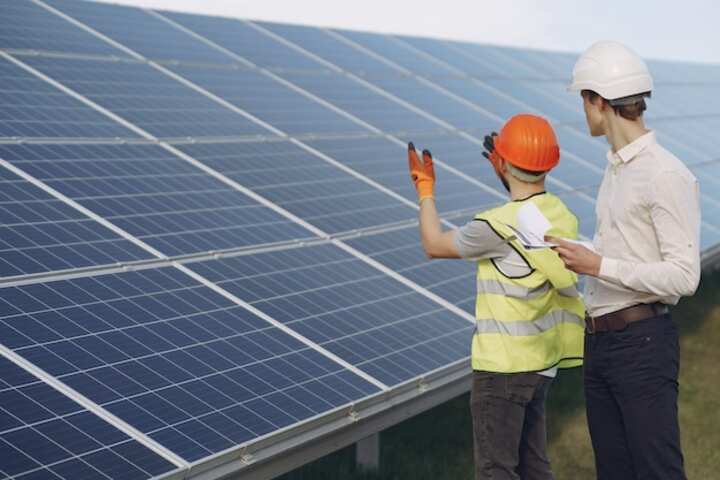
Efficient Solar Panel Installation for Your Home Near Me
As the world increasingly turns to renewable energy sources, solar panel installations have become a popular choice for homeowners looking to reduce their environmental impact and energy costs. For those considering "solar panel installation for your home near me," understanding the process and benefits can facilitate an informed decision. This article provides an overview of efficient solar panel installation, from preparation to post-installation maintenance.
Understanding the Basics of Solar Panel Installation
The first step in transitioning to solar power is understanding the basics of solar panel installation. This process involves several key steps, each crucial to ensuring the system's efficiency and longevity.
Site Assessment and Planning
Before any installation begins, a comprehensive site assessment is necessary. This involves evaluating the roof's orientation, pitch, and shading to determine the optimal placement for the panels. Professional installers will conduct this assessment to ensure that the solar panels will receive maximum sunlight exposure, thereby improving energy efficiency.
- Roof inspection to assess structural integrity.
- Evaluation of sunlight exposure throughout the year.
- Consideration of local climate and weather patterns.
- Review of local regulations and permitting requirements.
Learn more in this detailed guide.
Choosing the Right Solar Panels
There are various types of solar panels available, each with distinct features and benefits. Selecting the right panels involves considering factors such as efficiency, durability, and cost.
- Monocrystalline panels: Known for high efficiency and space efficiency.
- Polycrystalline panels: More cost-effective with slightly lower efficiency.
- Thin-film panels: Lightweight and flexible, suitable for unconventional surfaces.
Explore further insights here.
Installation Process
The installation process itself is a critical phase, requiring skilled professionals to ensure the system's optimal function and safety.
Mounting the Panels
Once the appropriate panels are selected, the installation team will mount the panels on the roof. This step involves securing the panels with racking systems that ensure stability and withstand adverse weather conditions.
- Installation of mounting brackets and rails.
- Proper alignment to maximize sunlight capture.
- Ensuring adequate ventilation to prevent overheating.
Electrical Connections
The next step involves connecting the solar panels to the home’s electrical system. This includes installing an inverter to convert the direct current (DC) generated by the panels into alternating current (AC) used by household appliances.
- Installation of the inverter in a secure, ventilated location.
- Wiring the inverter to the electrical panel.
- Integration with existing electrical systems.
Post-Installation Considerations
After installation, several considerations ensure the solar panel system remains efficient and trouble-free.
Maintenance and Monitoring
Regular maintenance and monitoring are vital for the longevity and efficiency of solar panels.
- Routine cleaning to remove dirt and debris.
- Periodic inspections to detect any potential issues early.
- Utilizing monitoring systems to track energy production and consumption.
Customer Feedback and Reviews
Feedback from other homeowners who have installed solar panels can provide valuable insights into the installation process and the benefits of solar energy. Check out customer reviews here.
Conclusion
Efficient solar panel installation is a multi-step process that involves careful planning, professional execution, and ongoing maintenance. By understanding each stage and choosing the right components, homeowners can significantly benefit from solar energy. For those interested in delving deeper into the specifics of solar panel systems and installation, find additional information here. Transitioning to solar energy not only contributes to environmental sustainability but also offers potential savings on energy costs over time.